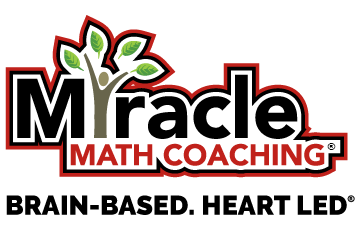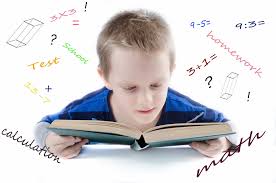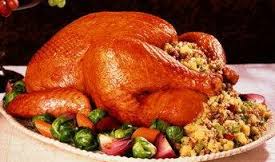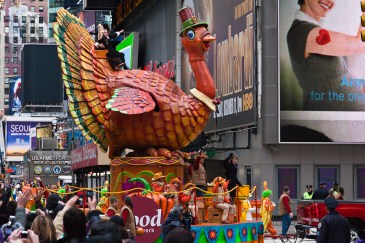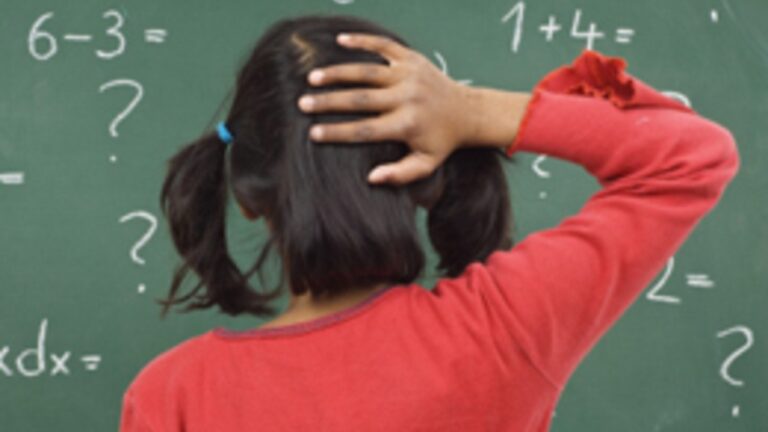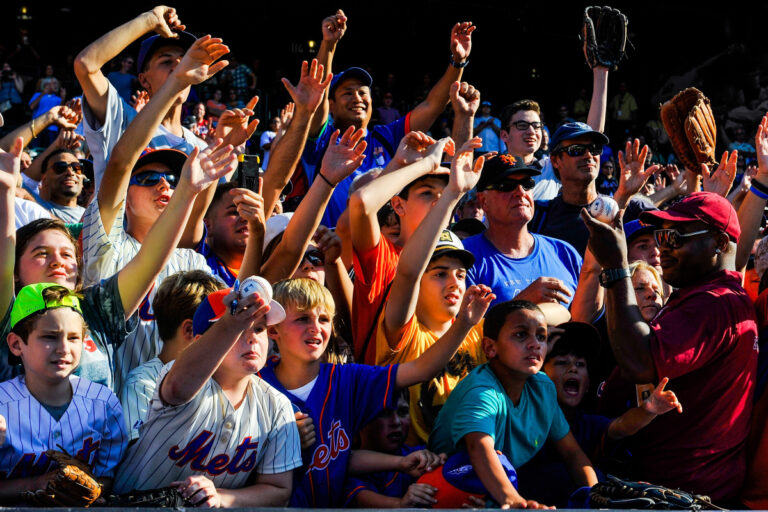A Little-Known, Sure-Fire Way to Teach Adding and Subtracting
By Deanna Hurn, Founder Executive Director of Miracle Math Coaching
If you walked into a classroom where students were learning addition and subtraction, which of the following three groups would you want your child to join?
Pencil and Paper: Students are seated at their desks, counting marks on a page to solve equations.
LEGOs: Students are seated at their desks, counting and moving around the brightly colored bricks to solve equations.
Bodies: Students are on the floor, counting and moving around the bodies of their classmates to solve equations.
I would want my three daughters to be in the “Bodies” group. There’s something about movement that engages the brain at a higher level. It’s proven in a 2014 study at the University of Copenhagen, where children whose instruction included whole body activity performed best. The study concluded that physical activity – including moving around to count other students – leads to better academic performance.
It works for learning languages, too. I have a friend who took a Spanish immersion course that included physical role play. For example, two students pretended to be a husband and wife couple having a disagreement while driving (sitting in adjoining chairs facing the class).
They acted out the scene based upon what the teach told them in Spanish. Students in class learned the words “drive” (“manejar”), “angry” (“enojado”) and “stupid” (“estupido.”) The method is called Teaching Language Proficiency through Reading and Storytelling (TPRS) and relies on action to help students learn.
What’s the take away for parents?
Keep your child moving. If we all lived in 12-member households, we could have our children move their brothers and sisters around the living room to learn to add and subtract. Barring that, you can create activity-based learning opportunities in your own backyard.
Just use medium sized-objects that are easy to count – balls, plastic cups, toilet roll cylinders or even shoes – to create equations. For example, group a certain number of objects in two piles at opposite ends of the yard. Ask your child to count the objects in one pile and then race to the other pile to count those and tell you the total number added together. Later, you and your child can write the equation on paper.
Another activity? From one of the piles, have your child take away objects to add to the other pile. How many items are in each pile now? Write the equations that illustrate taking away objects from one pile and adding them to the other. You can come up with dozens of similar scenarios.
You know, I always say that ensuring your child gets lots of exercise in general is good for their brains. Chase them in the yard. Toss a Frisbee with them in the park. Bike ride with them through your neighborhood. It helps that May is National Physical Fitness and Sports Month.
All three of my girls run track. In fact, they have a two-day competition in Los Angeles this week, and we’re so excited to go and support them. Get your students moving!
Check out my previous post about the connection between exercise and math achievement.
And don’t forget to sign up your child for Miracle Math’s Adventure Camps. Each day, students move among four learning stations. Our focus is to engage students in physical activity to help underscore what they’re learning in math.
To get more information about our affordable camps, check out our summer camps webpage. And call 707-398-3474 to enroll today (press 0 when prompted to find out what spaces are still available). Space is limited to maintain quality. Allow your child to stride into the classroom this fall as a true Math Genius. We’ll make it happen.
